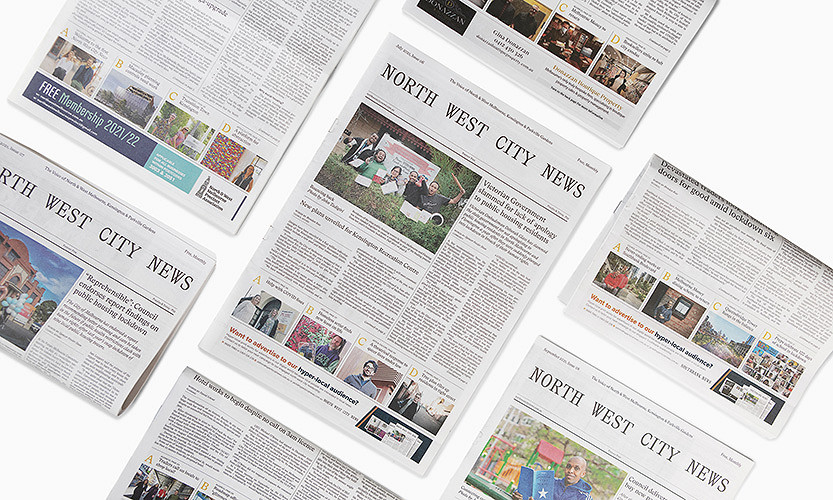Part two: Moving to a low energy future – energy descent
To avoid further tipping points in our climate system, and to be serious about a sustainable future, we need to use significantly less fossil fuels in order to lower carbon emissions.
Fossil fuels will become significantly more expensive and energy shocks will occur, as supplies cannot cope with demand and there is not yet an alternative energy source that can provide energy as cheaply as fossil fuels have in the past. We must accept the inevitability of life with dramatically lower energy consumption.
To move from our current consumption-orientated behaviour that relies on cheap oil to a future less reliant on this type of energy requires society to find a new way of living.
Energy descent as a concept was first described by ecologists Odum and Odum in 2001. It is a term used by an emerging movement, which focuses on solutions to peak oil.
Operating in an energy descent culture is realising that we cannot continue as is or try to sustain our way of living by replacing our current energy sources and systems with other “clean” energy sources.
We have the opportunity and invitation to reconfigure our energy priorities by taking the knowledge we have learned through this “energy ascent” time and plan for the process of living with less net energy that is kinder to all humanity, other creatures, and the planet.
This planning will allow us to rethink and prioritise what the available energy should be used for, which might require restrictions on some activity. While government legislation and policies might start to address this, trying to work this out globally could be difficult.
However, as individuals we can already make low energy choices in our daily lives and plan for this descent. It will be helpful for us to start to live a life using less energy derived from fossil fuels.
The Transition Town Movement is a grassroots global movement that started to increase self-sufficiency and finds ways to reduce reliance on fossil fuels, transitioning to less energy use. Growing since 2005, transition is about communities coming together and stepping up to address the big challenges they face by starting local.
Energy Descent Action Plans (EDAP) are an emerging and dynamic ingredient of transition, EDAPs are guides that explore the different routes or pathways we can take to reduce our use and dependence on fossil fuels and prepare for the effects of global warming. It goes beyond energy consumption and looks at across-the-board creative adaptation in the realms of health, education, economy, and more.
An EDAP is a tool to think ahead, to plan in an integrated, multidisciplinary way, to provide direction to local government, decision-makers, groups, and individuals with an interest in making the place they live into a vibrant community in a post carbon era.
The first EDAP was written in 2005 in Kinsale, Ireland, however however The Transition in Action: An Energy Descent Action Plan produced by Totnes, England, in June 2010, is the most substantial so far.
Energy descent has also been described as referring to a future scenario in which humanity has successfully adapted to the declining net energy available and has become more localised and self-reliant. It is a term favoured by people looking at decreasing theuse of energy as an opportunity for positive change rather than an inevitable disaster.
Without action all the best intentions and all the strongest rhetoric remains meaningless. Starting the work of transition means breaking free of the illusion that we are all powerless within systems over which we have little control. Our energy use is our responsibility and is within our power to change it.
A starting point for any individual is awareness. What is your current energy use and where do you want to move to? What is your motivation to transition?
How reliant are you on the current energy systems? What is your vulnerability and/or exposure if you cannot access gas, petrol, water, food, etc.
One way to start to understand your current energy use is by doing an energy audit. Oil is in everything, if not contained in the actual product, it is part of its production, engineering, harvesting and/or transporting.
As a start you can ask yourself the following questions …
- How do you heat and cool your home/s?
- Lighting and water use?
- How do you move around?
- How do you provide for your food needs?
- How do you clothe yourself? Materials, production?
- What and how much do you buy? And how is it packaged/produced??
- What do you do with your waste?
- How much meat do you eat?
- Where does your money go – in what and to whom does your bank invest?
Without a plan we will more than likely end up somewhere we do not want to be.
Some steps and guides for Individuals to move to a less energy intensive lifestyle will be continued in part three. •

Jo Ryan unveils Ordered Chaos at Blender Studios





 Download the Latest Edition
Download the Latest Edition